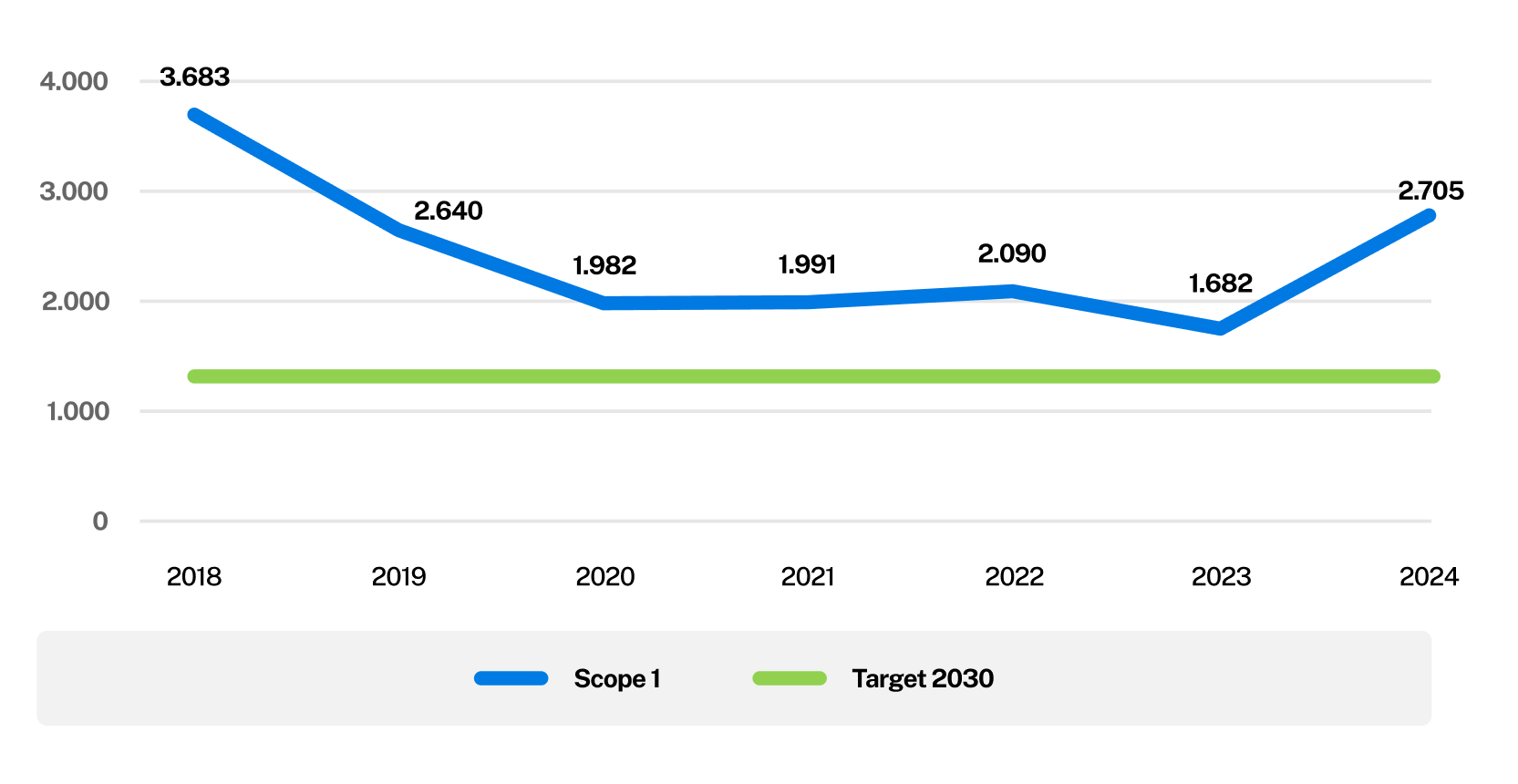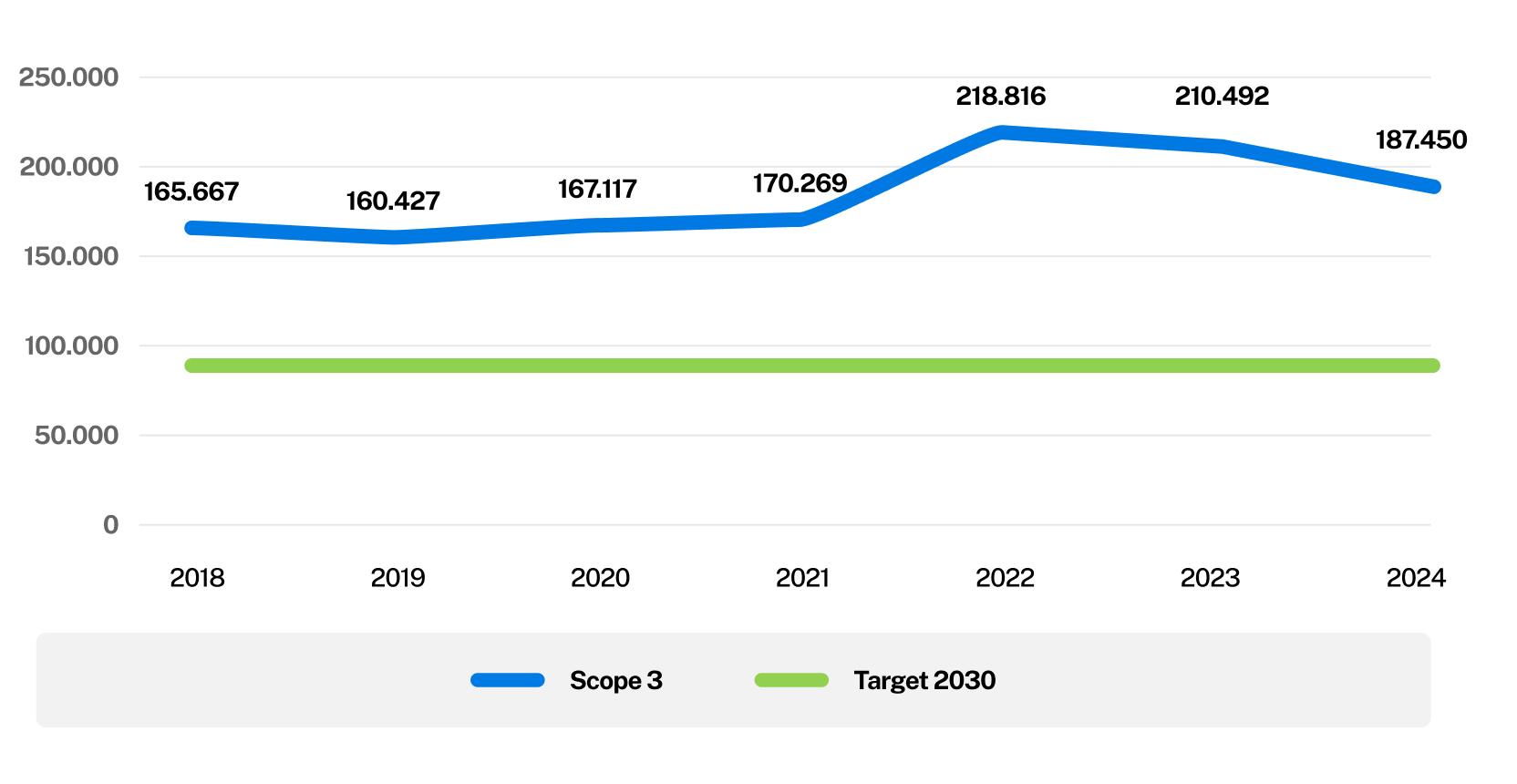In addition to these important goals, to contribute to environmental conservation, Fastweb has identified, in collaboration with AzzeroCO2 and Legambiente, ten international projects in India, Brazil, Nicaragua, Uganda, Vietnam and Mongolia that involve the reforestation and forest protection of certain areas, and the construction of energy production plants from renewable sources (wind, hydroelectric and photovoltaic). By entering the offsetting codes, it is possible to view the details of the offset emissions and download the relevant certificates:
FORESTATION OF AGRICULTURAL LAND IN INDIA
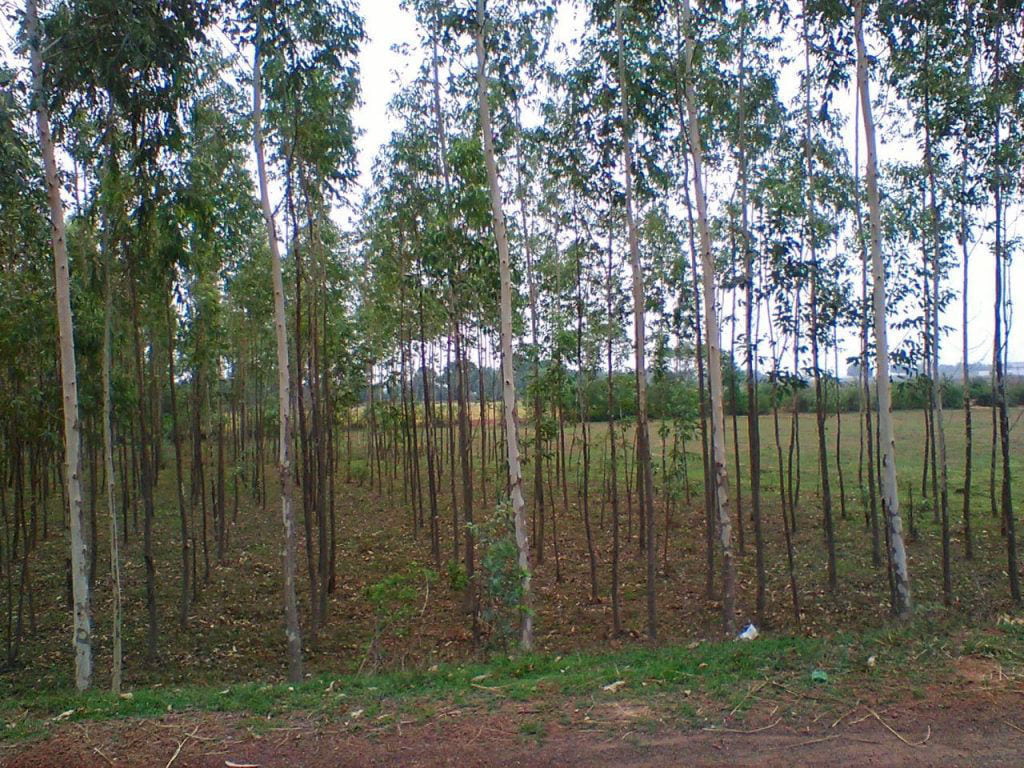
The project involves the reforestation of land that is yet to be cultivated due to severe soil erosion caused by the considerable lack of flora. The activity involves 12,437 plots of land covering 14,969 hectares owned by small and poor farmers/tribes who do not have the financial and technical capacity to plant crops, spread over seven districts in the Indian states of Odisha, Andhra Pradesh and Chhattisgarh.
Click here to see the 2022 Carbon credits
Click here to see the 2023 Carbon credits
Click here,
here,
here and
here to see the 2024 Carbon credits
FORESTATION IN THE BUKALEBA CENTRAL FOREST IN UGANDA
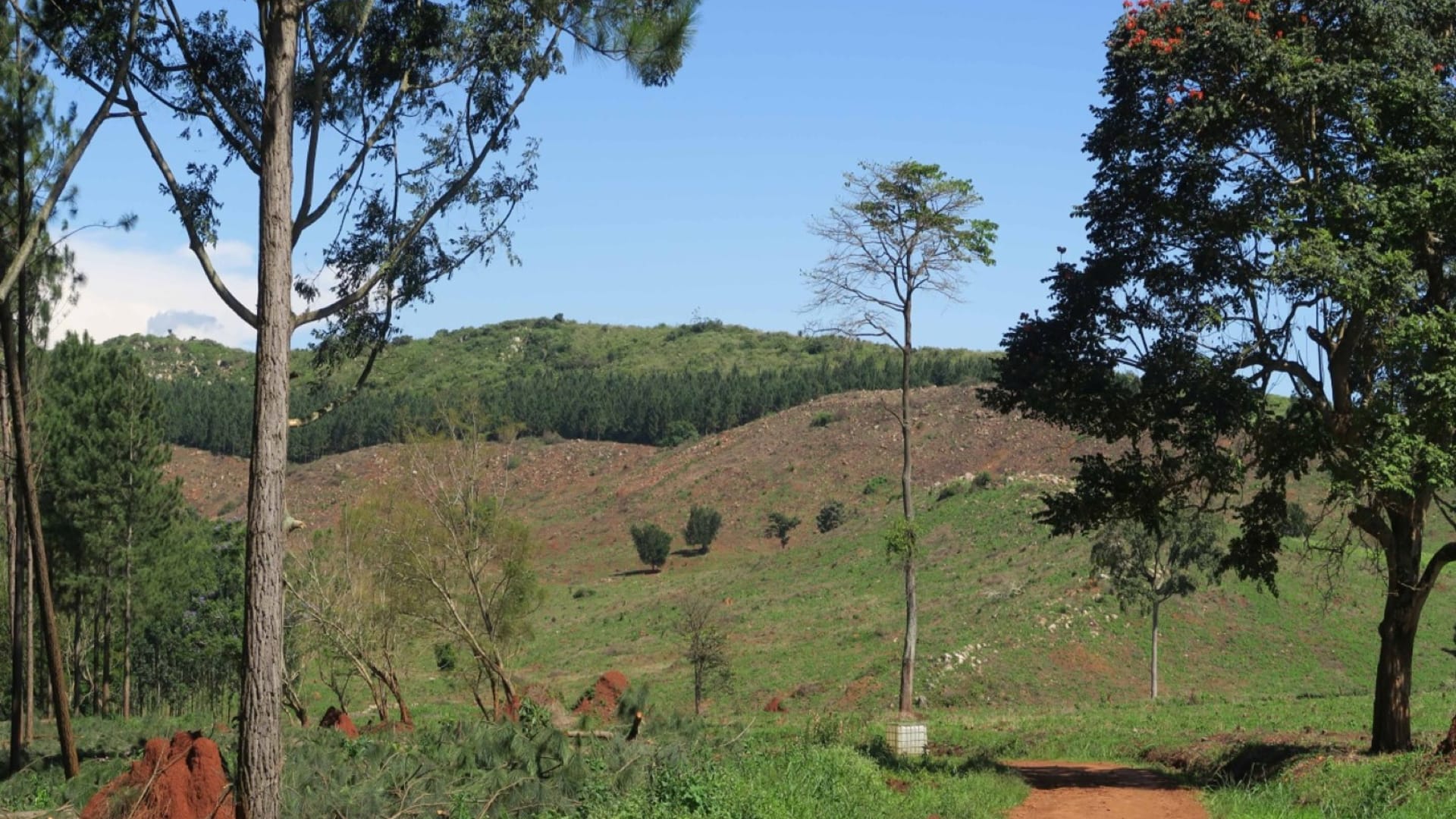
The project provides for sustainable management of forest resources at plantations in the Bukaleba Central Forest Reserve in the Mayuge district of eastern Uganda. The project involves the reforestation of native plants on 2,000 hectares.
Click here to see the Carbon Credits 2020
Click here to see the Carbon Credits 2021
Click here to see the Carbon Credits 2022
PROTECTING THE PACAJA FOREST IN BRAZIL
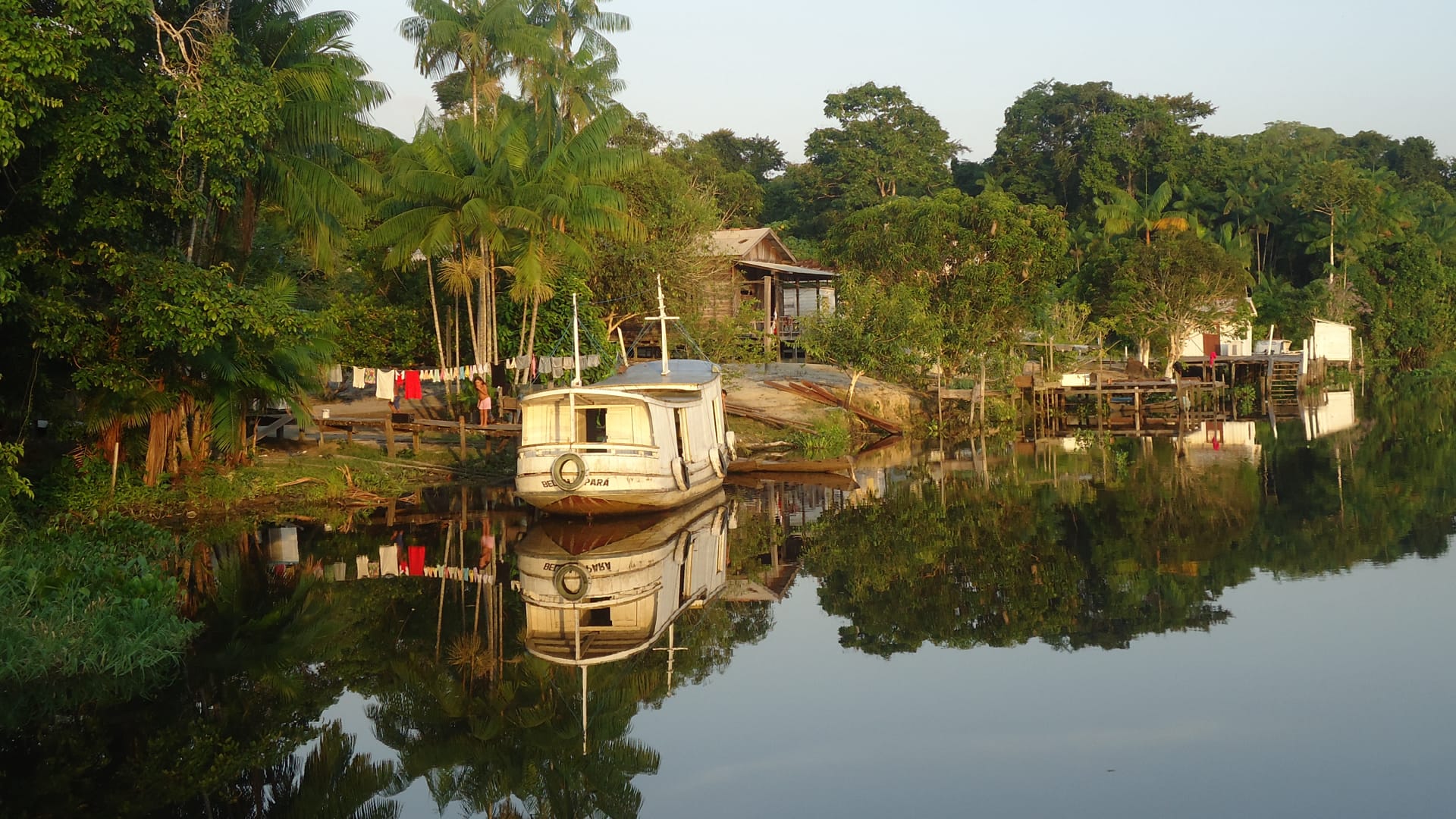
The project area covers 148,000 hectares in the municipality of Portel, in the north of the country, and the aim is to prevent illegal deforestation. The project supports “Ribeirinhos”, the local people living along rivers and small streams, by encouraging them to use sustainable agroforestry techniques and receiving land use rights. The project also includes monitoring activities by local villagers.
Click here to see the Carbon Credits 2020
Click here to see the Carbon Credits 2021
Click here and here to see the Carbon Credits 2022
ELECTRICITY FROM WIND POWER IN INDIA
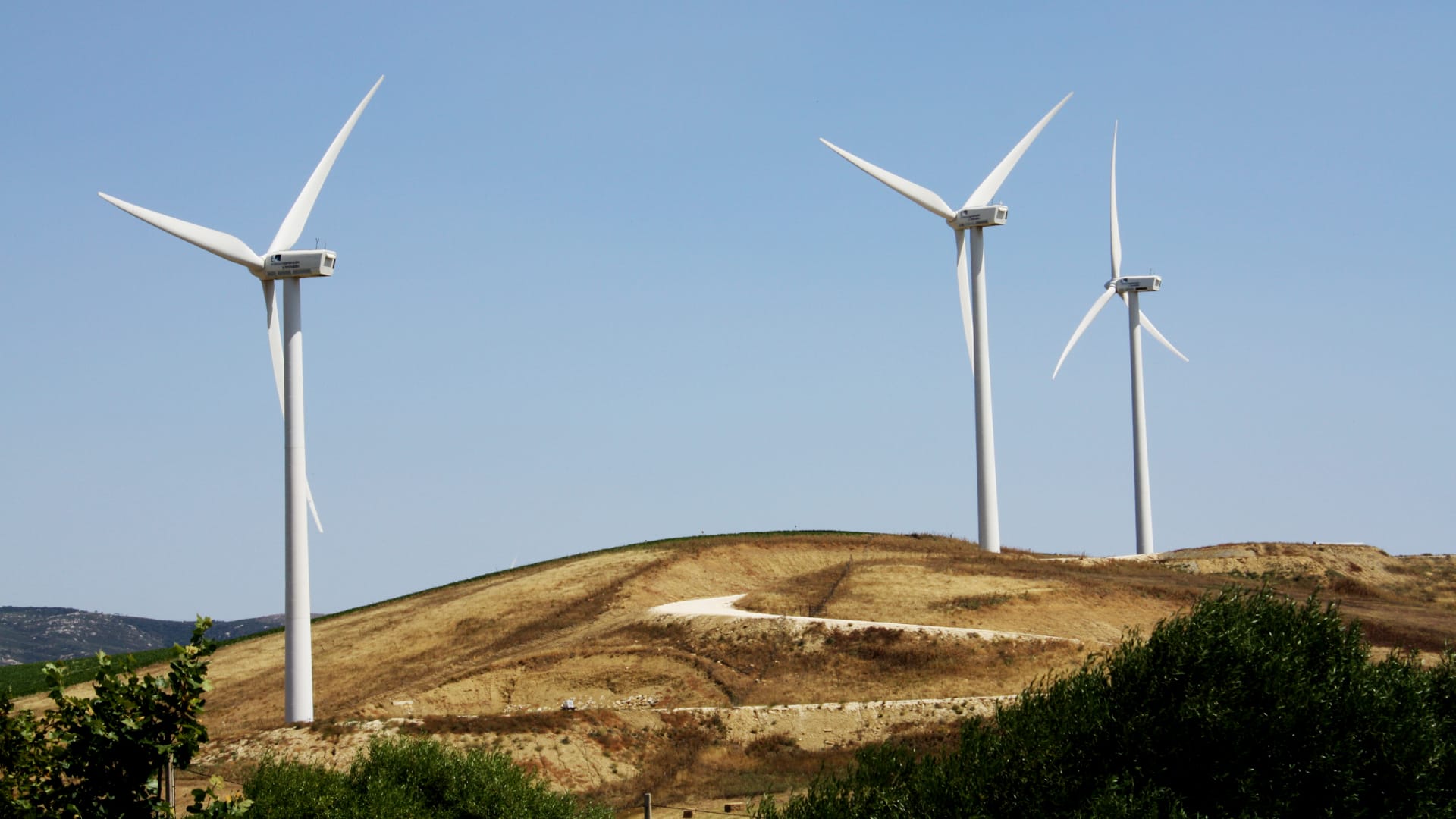
The project involves the implementation of a 159.75 MW wind farm consisting of 136 wind turbine generators in the Tirunelveli, Dindigul and Coimbatore districts of Tamil Nadu and the Hassan and Chitradurga districts of Karnataka.
Click here to see the Carbon Credits 2020
Click here to see the Carbon Credits 2021
Click here to see the Carbon Credits 2022
ELECTRICITY FROM WIND POWER IN NICARAGUA
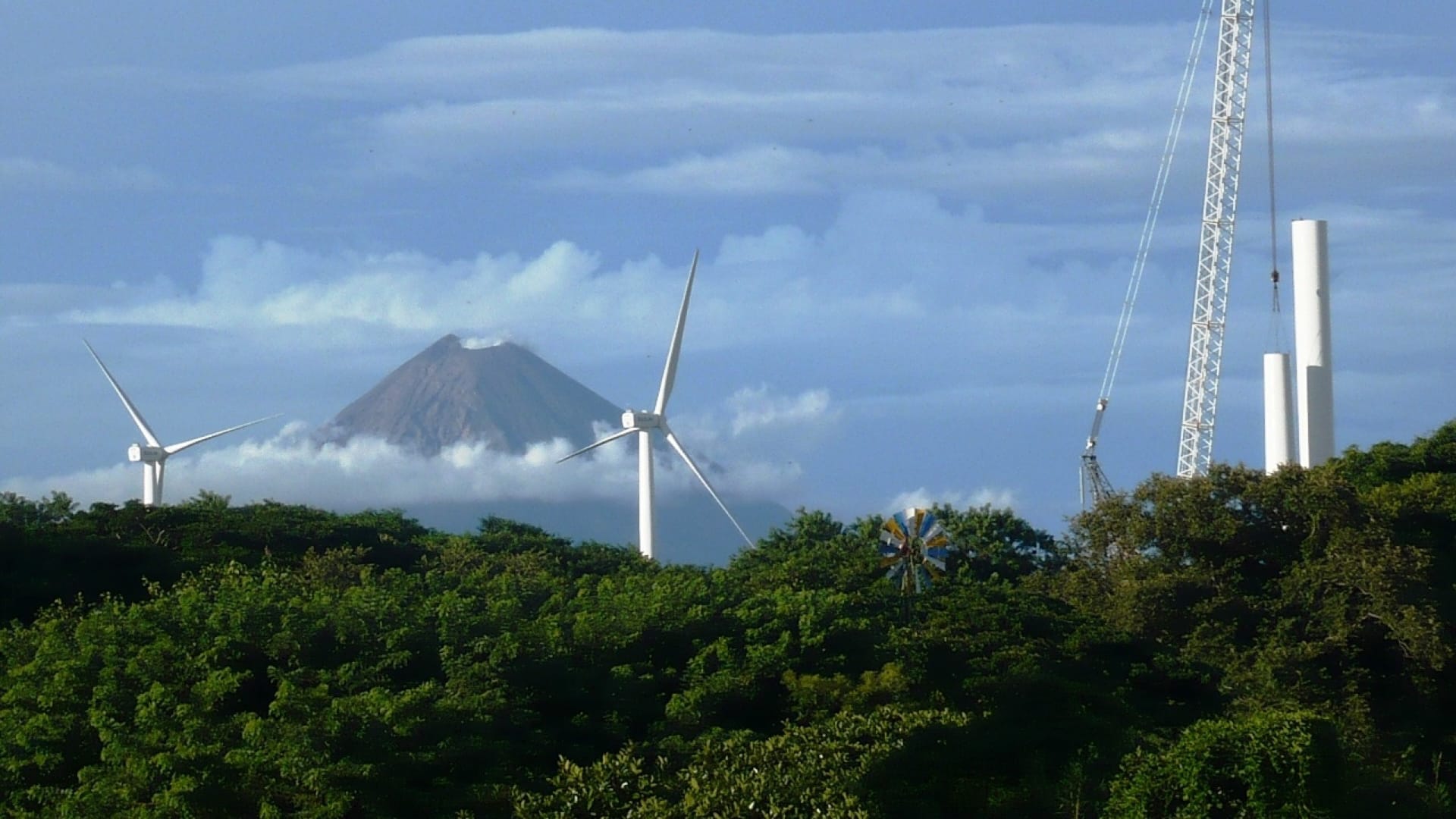
The project consists of adding 23.1 MW of capacity to the Amayo wind farm located in the province of Rivas, Republic of Nicaragua. The main objective is to provide affordable electricity to the Nicaraguan grid through a renewable sources.
Click here to see the Carbon Credits 2020
Click here and here to see the Carbon Credits 2021
Click here to see the Carbon Credits 2022
HYDROELECTRIC POWER IN VIETNAM
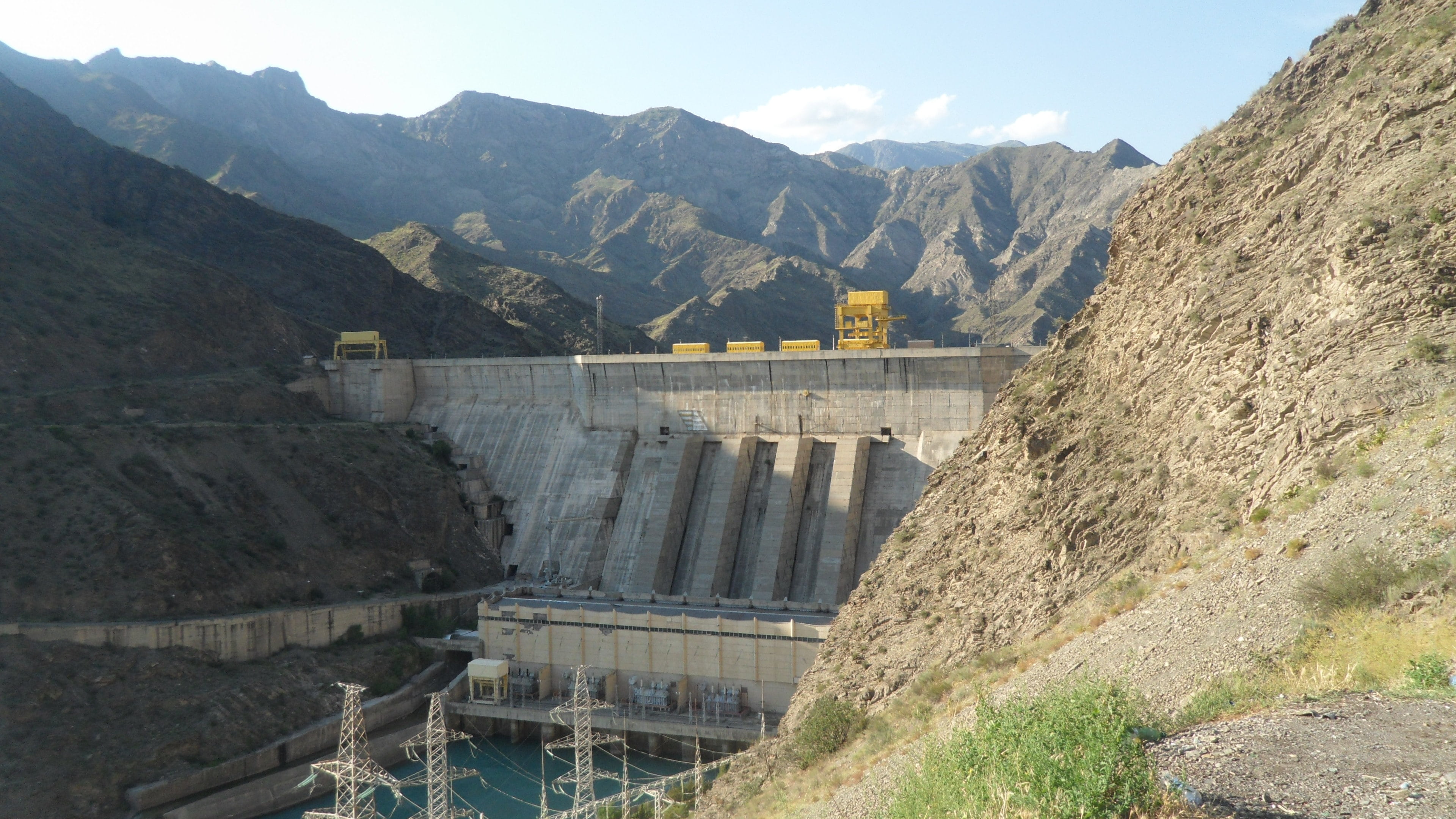
The project consists of building and operating the DakRTih hydroelectric power plant with storage in the DakrLap district of Dak Nong province, near the city of Gia Nghia in the central highlands of Vietnam. By making use of the water from the Dong Nai River and other rivers and streams in the region, the dam will produce 636,900 MWh per year with an installed capacity of 144 MW, making it possible to supply electricity and water to thousands of hectares of land for vegetable cultivation.
Click here to see the Carbon Credits 2022, 2023 e 2024
(to find "Fastweb" enter the name in the "Search field")
HYDROELECTRIC POWER IN RIO GRANDE DO SUL, BRAZIL
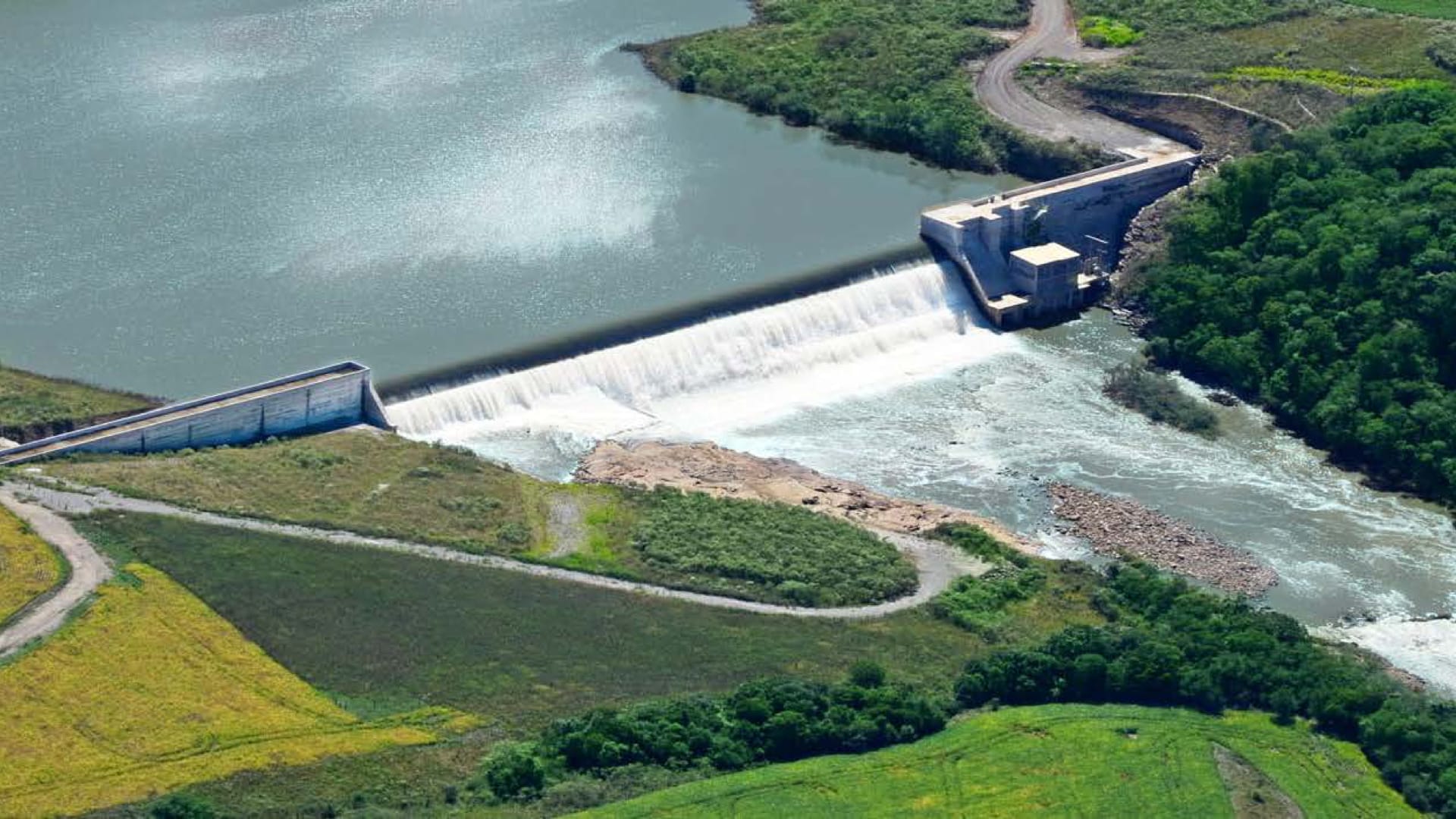
The project consists of generating electricity from renewable sources through two small hydroelectric plants located in the municipalities of Júlio de Castilhos and Salto Jacuí, in the state of Rio Grande do Sul, southern Brazil.
Click here to see the Carbon Credits 2020
Click here to see the Carbon Credits 2021
Click here to see the Carbon Credits 2022
Click here to see the Carbon Credits 2023 (1)
Click here to see the Carbon Credits 2023 (2)
Click here to see the Carbon Credits 2023 (3)
MULIBETTU HYDRO POWER PROJECT, INDIA
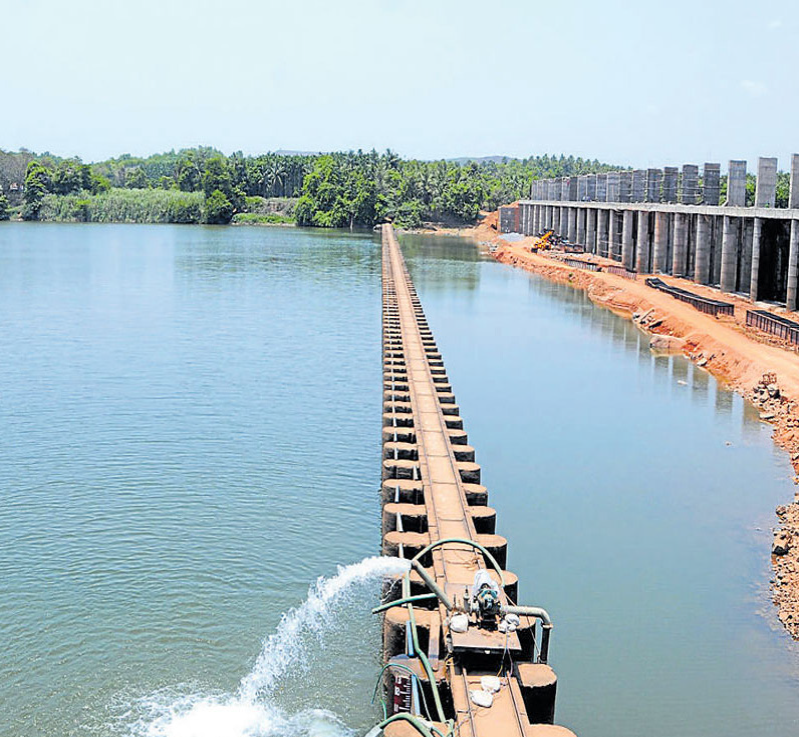
The project comprises of two hydropower generating units of 5.25 MW each, with total installed capacity of 10.50 MW. Mulibettu Hydro Power Project is implemented across a river called “Gurupur Hole” located at a distance of 11 km from Mudabidre town in Dakshina Kannada District of Karnataka. The process of power generation involves the conversion of potential energy available in the flowing water into mechanical energy using hydro turbine, which drives the alternator to generate electricity.
Click here to see the Carbon Credits 2022 (to find "Fastweb" enter the name in the "Search field")
ELECTRICITY FROM SOLAR POWER IN INDIA
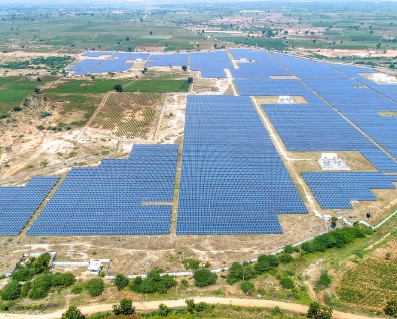
The main objective is to promote renewable energy in the country with the development of new grid-connected solar power plants in 4 regions of India, Uttar Pradesh, Telengana, Andhra Pradesh, and Gujarat. The project is promoted by Azur Power India Pvt ltd and involved the installation of a new power plant at a site where no renewable power plant was operating before. The total capacity of the facilities is 480 MW and the energy produced replaces an equivalent amount of energy generated by fossil fuel power plants. This project ensures energy security, diversification of the grid energy mix, and sustainable growth of the renewable energy sector in India.
Click here to see the Carbon Credits 2023 (1)
Click here to see the Carbon Credits 2023 (2)
Click here to see the Carbon Credits 2023 (3)
ELECTRICITY FROM WIND POWER IN SALKHIT, MONGOLIA
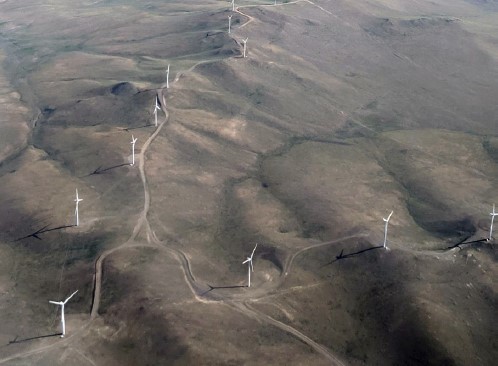
The Salkhit Wind Farm generates renewable electricity by selling the energy produced to the Central Energy System (CES) on the basis of a power purchase agreement (PPA). As the first wind farm in Mongolia, it is making a significant contribution to stimulating the commercialization of renewable energy technologies and markets in the country. It also contributes to improving air quality, local living conditions, and promotes the sustainable development of the renewable energy industry.
Click here to see the Carbon Credits 2023 (Digit Fastweb in the research).
